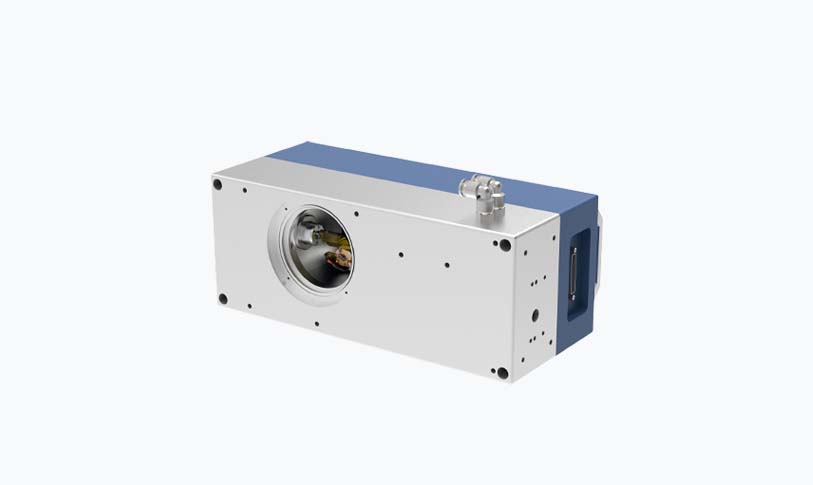In the world of additive manufacturing, one of the most significant advancements has been the development of Stereolithography Apparatus (SLA) 3D software. This technology has changed the landscape of 3D printing by enabling high-precision prints with a level of detail and smoothness that surpasses many other 3D printing methods. As industries from aerospace to healthcare increasingly rely on 3D printing for rapid prototyping and production, understanding SLA 3D software becomes essential for businesses looking to capitalize on this cutting-edge innovation.

Exploring the Future of Digital Fabrication: An In-Depth Look at SLA 3D Software and Its Transformative Impact on 3D Printing
SLA 3D printing uses a process where ultraviolet (UV) light cures a liquid resin into hardened plastic. This method is particularly renowned for its ability to create intricate designs with flawless surface finishes. However, this level of precision can only be achieved if the appropriate SLA 3D software is utilized effectively. The software is responsible for translating digital models into printing instructions, ensuring that the prints are executed with accuracy.
One major advantage of SLA 3D software is its ability to handle complex geometries. Many industries require components that have intricate features, which are impossible to create with traditional manufacturing methods. With SLA 3D software, designers can manipulate their virtual models to optimize them for 3D printing. Functions such as hollowing out parts, adding supports, and adjusting layer thickness can greatly enhance the printing process and produce strong yet lightweight components.
Moreover, SLA 3D software provides users with a wealth of customization options. Designers can select various parameters that influence the final output, including layer height, exposure time, and printing speed. These parameters can be fine-tuned to suit the specific requirements of the project, allowing for a high degree of control over the final product. Adjusting these settings can also reduce the occurrence of common printing issues, such as warping and layer separation.
The user interface of modern SLA 3D software has become increasingly intuitive, allowing users of all experience levels to navigate the platform with ease. Advanced features, such as automatic support generation, simplify the design-to-print workflow, making it accessible even for those who may not have a background in engineering or computer-aided design (CAD). Many programs include helpful tutorials and prompt users with recommendations, ensuring the learning curve is less steep for newcomers.

Exploring the Future of Digital Fabrication: An In-Depth Look at SLA 3D Software and Its Transformative Impact on 3D Printing
Another significant benefit of SLA 3D software is its compatibility with various post-processing techniques. After printing, parts often need some form of finishing—whether it’s washing off excess resin, curing under UV light, or sanding for a smoother finish. Good SLA software will provide guidelines on proper post-processing methods tailored to the specific type of resin used. These instructions can help users achieve the desired aesthetic and functional properties of their parts, ultimately influencing the success of a final product.

Exploring the Future of Digital Fabrication: An In-Depth Look at SLA 3D Software and Its Transformative Impact on 3D Printing
Beyond individual projects, SLA 3D software also fosters collaboration and integration within teams. Many software packages allow multiple users to work on the same model in real-time, making it easier for engineering departments, designers, and clients to communicate their ideas and requirements effectively. This collaboration can lead to faster turnaround times and a more efficient workflow, which is crucial in industries where time-to-market can be a deciding factor for success.
Moreover, as the demand for sustainable practices increases across various sectors, SLA 3D software is stepping up to meet this challenge. Many software solutions now offer simulations and analyses that evaluate material usage, helping teams select the most eco-friendly resins or optimize designs to reduce waste. This not only helps reduce the environmental impact of production but can also result in cost savings.
In conclusion, the significance of SLA 3D software in the realm of additive manufacturing cannot be overstated. As businesses strive for greater innovation and efficiency, this technology will continue to play a transformative role in how products are designed and produced. With its intricate capabilities, user-friendly interfaces, customization options, and compatibility with various post-processing techniques, SLA 3D software stands at the forefront of producing works that are not only functional but also aesthetically pleasing. The future promises exciting possibilities for those who embrace this technology, ensuring that as industries evolve, so too does the software that drives their creative visions.pulsed light laser treatment



